It’s back: the Melbourne International Flower and Garden Show
After a two-year hiatus during the pandemic, the Melbourne International Flower and Garden Show is back with a bang.
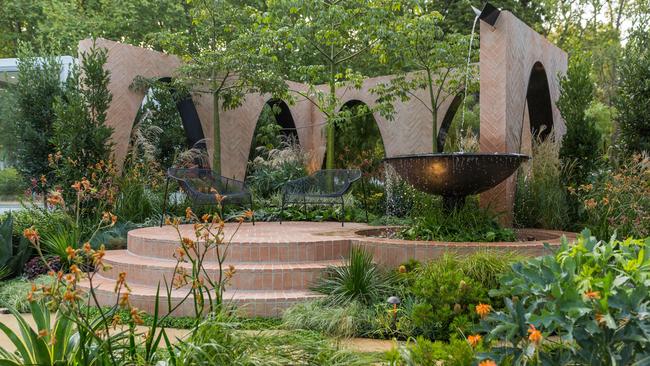
After a two-year hiatus, the Melbourne International Flower and Garden Show returns to the Royal Exhibition Building and Carlton Gardens at the end of this month – and expectations are high.
The largest horticultural event in the southern hemisphere, the show brings together a banquet of landscape design and floral art, plus workshops and presentations, plants of every kind, garden products, art and entertainment.
For flower lovers, the Royal Exhibition Building is transformed into a hall of flowers with floristry competitions, a wedding showcase, floral-inspired High Tea and – my favourite – captivating floral creations by fashion design students.
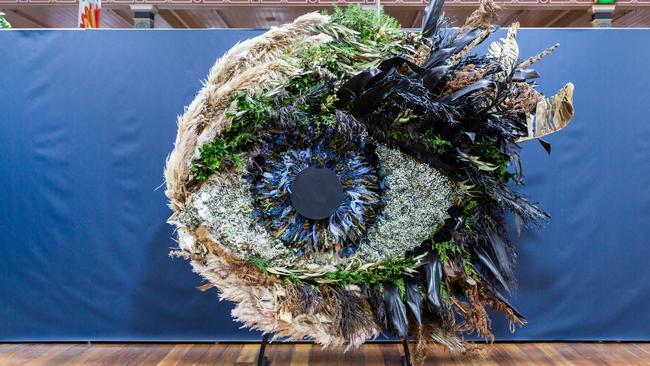
Among the wealth of gardens to view, the large show gardens from leading landscape designers attract the biggest crowds. Garden designer Georgia Harper, who has competed five times previously with medal-winning success, is one of the judges this year. “The show gardens are like the haute couture of fashion while the smaller gardens are more ready-to-wear,” Harper says. “There is something for every size budget, whether you’re in a city apartment or have an enormous block.”
For designers and their building teams, there’s an extra degree of difficulty because no excavation is allowed in order to protect the trees. “It’s a huge undertaking,” says Harper. “Judges look at build quality, appropriate plant choices and how the designs present an overall picture with a strong personality.”
In the Boutique gardens category, each designer has a compact 5m x 5m space to work with, while Balcony gardens, an exciting new category, offers the challenge of creating a garden wonderland in just 2.4m x 1.2m. Emergent gardens is a new category for recent graduates, with the main focus on plants and the theme of “Pollinating and Pollinators” on a 30sqm plot.
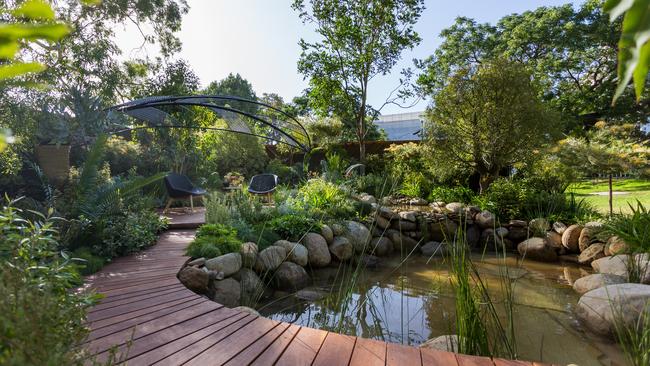
“They’re finding their own voice in landscape design, so that’s exciting,” says Harper. The Debco Avenue of Achievable Gardens is always a hit with visitors looking for ideas. Garden design students have to create a 5m x 4m urban garden that DIYers can replicate on a tight budget. Each garden’s plans, plants and materials are detailed in the Groundswell magazine at the show.
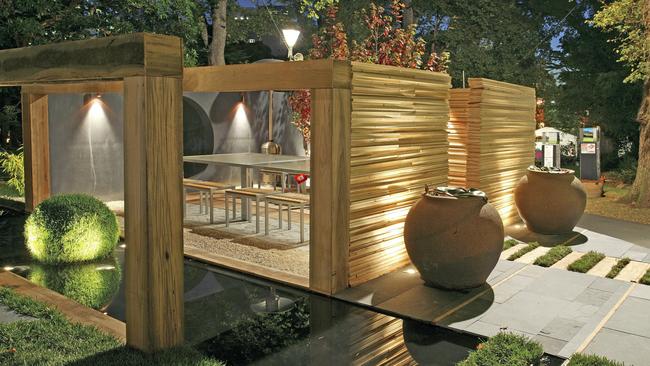
New to the show are the Horticulture Careers Hub, designed to inspire prospective students to join the industry, and the Scotts Osmocote indoor plant zone with plant displays and free advice.
The show was cancelled in 2020 and 2021 due to the pandemic – and in the two-year break “all the big designers have been finely honing their ideas so I think there’ll be some mind-blowing stuff,” Harper says. “People have been housebound so I think there’ll be a lot of interest and that’s a very positive thing.”
The Melbourne International Flower and Garden Show is on March 30 to April 3. Tickets and details at melbflowershow.com.au
Q&A
Male pawpaw trees sometimes produce fruit. Are the seeds from these fertile – and if so, will all those trees be male? Trevor Sauer, Mapleton, Qld
Fertile seed needs to come from fruit of female or bisexual pawpaw trees. From female trees, pollinated by a male or bisexual tree, the seedlings should be about half female, half male trees. From self-pollinated bisexual trees, most offspring are bisexual with some females. Fruit from male plants have inferior flavour; choose seeds from your best fruit.
After 10 years of good crops, my raspberries didn’t produce flowers or fruit this summer. There was more than usual rainfall. Should I replace them or prune hard and feed? Heather Beanland, Mornington Peninsula, Vic
Lack of flowers could be because the rain stimulated vegetative growth instead of flowers, or from insufficient sun or excess nitrogen in the fertiliser. But summer fruiting raspberries won’t set fruit if they have insufficient winter chilling. They flower and fruit on one-year-old canes, so each year you must keep the developing new canes to bear next year’s crop. Autumn fruiting varieties are better for warmer climates. What edibles can I grow in a raised bed shaded by a frangipani? Pauline Coroneo Smith, Brisbane Vegies that don’t produce a fruit need less sun. Plant leafy greens such as lettuces, Asian greens, English spinach and kale. Suitable herbs include parsley, coriander, rocket and basil. In Brisbane winters you can try cherry tomatoes, chilies, dwarf beans, carrots and beetroot.
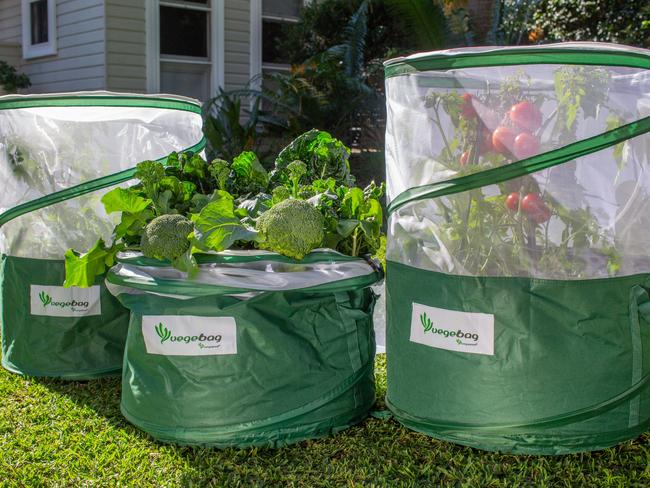
Send your questions to: helenyoungtwig@gmail.com or Helen Young, PO Box 3098, Willoughby North, NSW 2068. Website: helenyoung.com.au. The best question for March wins two self-watering and mesh protected Vegebags worth $178 from vegepod.com.au. February’s winner is Dawn Pearce of the Gold Coast for her question about combatting caterpillars organically.




To join the conversation, please log in. Don't have an account? Register
Join the conversation, you are commenting as Logout